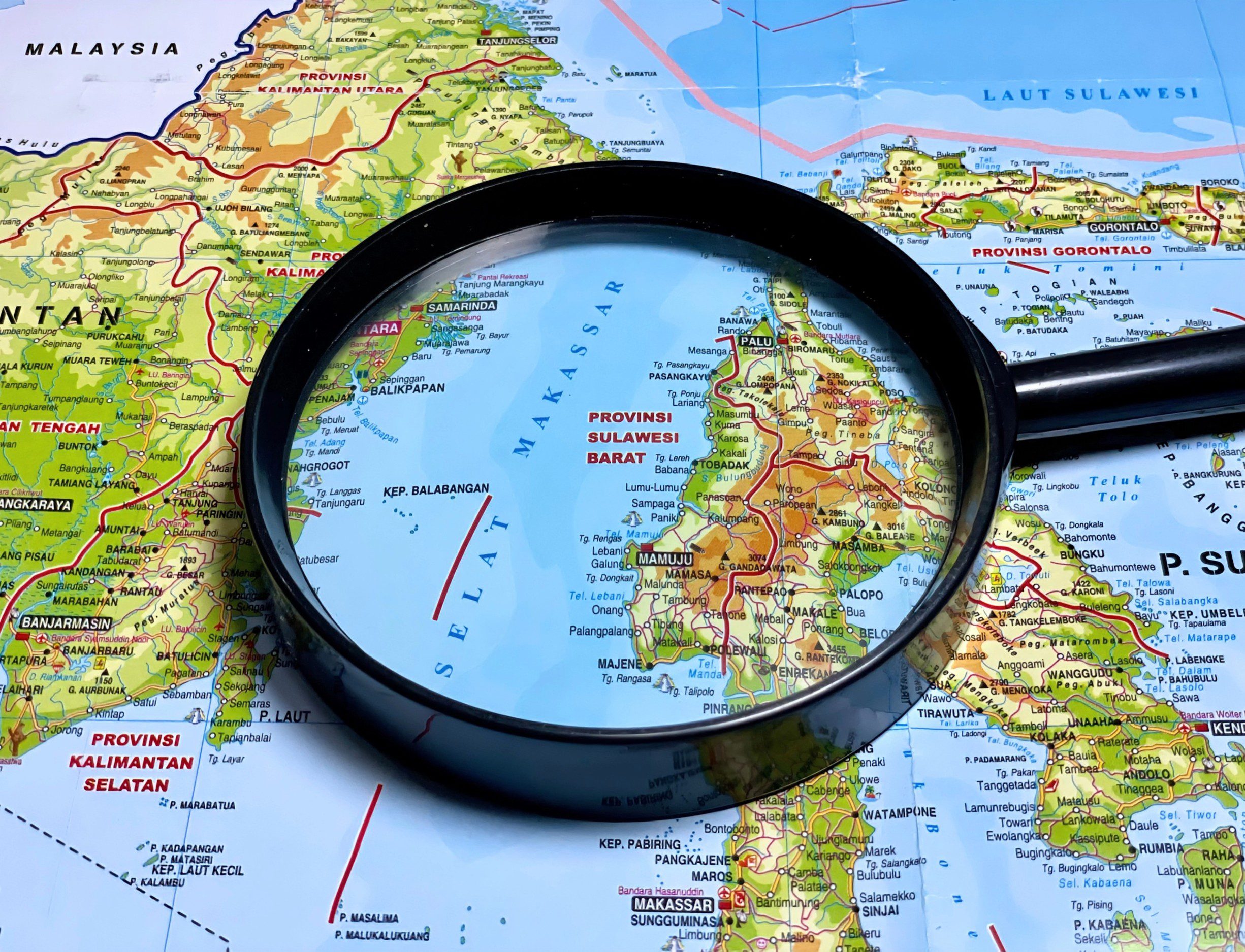
Early adventurers were intrigued by the stark contrast in wildlife between two adjacent islands divided by the Wallace Line. On one side, they encountered majestic tigers and elephants, while merely a short boat ride away, marsupials thrived.
Dr. Penny Van Oosterzee, an ecological scientist at James Cook University, has dedicated years to analyzing these patterns. She interprets them as a powerful illustration of how physical barriers can fragment ecosystems, even when they are in close proximity.
The Wallace Line: A Barrier for Species
The Wallace Line, a significant division in Southeast Asia, delineates the transition from Asian to Australian species.
This invisible line spans the narrow waters between Borneo and Sulawesi, as well as between Bali and Lombok, which are located just 15 miles apart.
Though not an official boundary, it effectively serves as one for various species. Asian birds flourish on one side, while Australian cockatoos remain on the opposite side.
Nature’s Invisible Barrier
The Makassar Strait, a deep ocean trench, plays a crucial role in this ecological puzzle. During ancient ice ages, many islands were connected by land bridges due to lower sea levels.
However, this submerged gap never disappeared in the region, preventing species from easily crossing. Animals with unique adaptations stayed where they could find food, evade predators, and implement their survival strategies.
Even birds, despite their ability to fly, often remain in familiar territories due to varying climates and food supplies. In essence, the Wallace Line functions as a natural invisible barrier shaped by evolutionary processes.
The Makassar Strait: Key Details
The Makassar Strait is a narrow body of water that separates the islands of Borneo and Sulawesi in Indonesia.
This vital waterway connects the Celebes Sea to the north with the Java Sea to the south, serving as a significant route for maritime traffic between the Pacific and Indian Oceans.
Beyond its role as a busy shipping channel, the strait also boasts an extraordinary array of marine life.
Robust ocean currents flow through, delivering nutrient-rich waters that nourish vibrant coral reefs, diverse fish populations, and even deep-sea organisms.
This region is a popular destination for divers and researchers, showcasing Indonesia’s rich underwater biodiversity.
Additionally, the area is a focal point for climate change investigations, given the impact of rising sea levels and alterations in ocean currents on marine ecosystems and coastal societies.
The Wallace Line’s Impact on Evolution
This unique biological divide has significantly influenced early notions regarding species evolution. It has ignited interest in biogeography, the study of how flora and fauna are distributed across the globe.
Charles Darwin and Alfred Russel Wallace, in their mid-1800s writings on natural selection, highlighted real-world examples of animals adapting to local environments.
The striking differences between these islands caught Wallace’s attention.
His observations provided strong support for the theory that species evolve in response to their surroundings rather than appearing randomly.
The Wallace Line became one of the most compelling examples of how geographical barriers can stimulate the emergence of new species.
Revisiting Perspectives on the Wallace Line
There are ongoing debates about the precise geographical accuracy of the Wallace Line. Some researchers have proposed revising its placement.
Jason Ali and colleagues from the University of Hong Kong suggested, “We propose the line be repositioned so that the landmass is classified as part of the Australasian side of this fundamental biogeographical boundary.”
While shifting a line on a map may seem straightforward, it underscores the dynamic nature of scientific inquiry. As new studies emerge, definitions can evolve, leading to a reevaluation of previously held ideas.
The Intersection of the Wallace Line and Human History
The concept of a dividing line extends beyond wildlife to encompass human populations as well. Extensive research has been conducted on the racial and political implications of this line.
Fenneke Sysling from the University of Utrecht noted, “Early European explorers observed differences in the people inhabiting these regions, along with distinct flora and fauna.”
Decades ago, ancestry claims arose suggesting that populations east of the line shared characteristics with Papuans, while those to the west were grouped as Malays.
These discussions have persisted into contemporary times, emphasizing the intricacies of human diversity.
Geographical Borders and Human Evolution
Various research initiatives track bird populations, insects, and marsupials (like kangaroos) to explore how geographical boundaries intertwine with evolution.
While shallow seas no longer impede human movement, wildlife remains constrained by their unique characteristics.
Scientists are investigating whether climate fluctuations or habitat destruction may lead to shifts in wildlife distribution in the future. These ongoing studies continue to unveil new findings regarding a line originally defined in the 19th century.
The Wallace Line exemplifies how subtle geographical features can create significant differences among living organisms. It also serves as a reminder that physical separation is not always pivotal; evolutionary history and serendipity play crucial roles.
In light of the shifting perspectives and ongoing debates, it’s clear that our planet holds far more surprises than any single boundary can encapsulate.
—–
Enjoyed the article? Subscribe to our newsletter for captivating articles, exclusive updates, and more.
Discover more by visiting EarthSnap, a free app created by Eric Ralls and Earth.com.
—–









